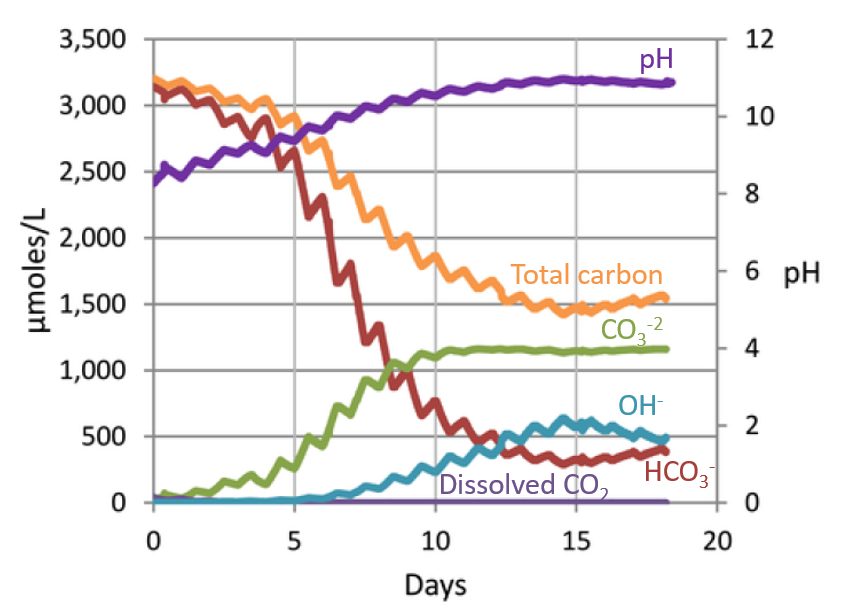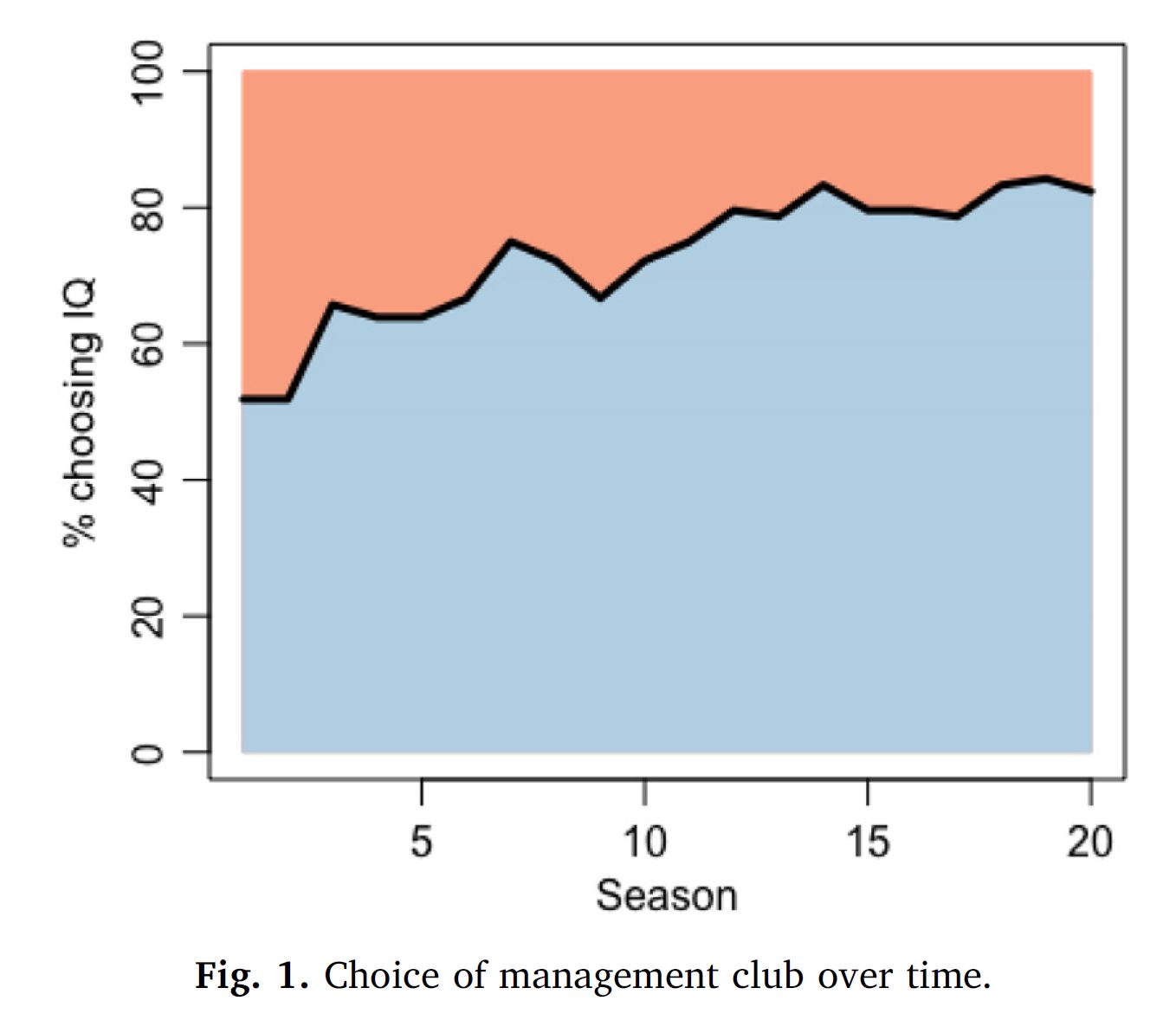Male Pacific salmon usually compete aggressively with each other to gain access to spawning females, and are most successful when they are old and large. But a few males come back from the ocean early and small, and with less noticeable male traits. These small males are called “jacks” and cannot win battles of aggression but instead compete by sneaking into the spawning arena and fertilizing eggs on the sly. Ordinarily, jacks are a tiny proportion of the total population, but in recent years have accounted for more than half of returning male sockeye salmon in Frazer Lake, Kodiak Island, Alaska. Since jacks are small, they have little commercial value, and this has led to large economic losses for local fisheries. The reasons for these elevated jack numbers were examined by looking at historical data on salmon returns to this population, finding that spawning years with high proportions of jacks tended to produce many jacks when they returned from the ocean in turn. In addition, since small jacks return after fewer years in the ocean than large aggressive males, jacks produced in high-return years can come back in years corresponding to low returns, effectively swamping the population with jacks. These “cohort mismatches”, together with fisheries selection for large salmon, can then lead to years with high proportions of jacks, which will be successful at fertilizing eggs. The new work appears in the journal Evolutionary Applications and was led by SAFS PhD student Lukas DeFilippo, SAFS professors Daniel Schindler and André Punt, SAFS research scientist Jan Ohlberger, in addition to Kevin Schaberg, Matt Foster, and Darin Ruhl of the Alaska Department of Fish and Game.









